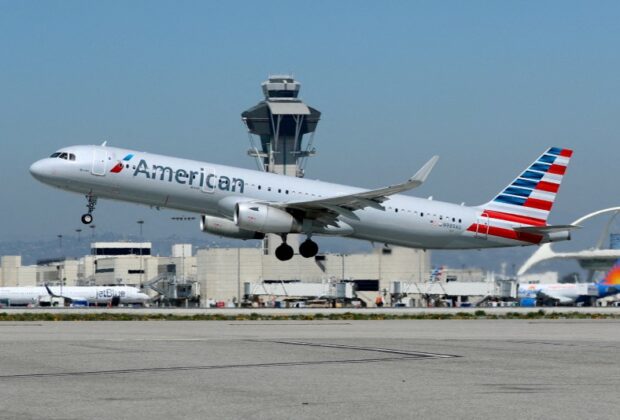During a turbulent holiday season, American Airlines’ fourth-quarter profit exceeded analysts’ expectations due to strong travel demand and high fares.
The company reported a net income of $803 million, or $1.14 per share, unadjusted, for the three months that ended on December 31. This is a significant improvement from the company’s loss of $931 million, or $1.44 per share, during the same time period a year earlier.
Before the Covid pandemic halted travel, the quarter’s revenue of $13.19 billion was up 16.6% from 2019. American raised its fourth-quarter revenue and profit projections earlier this month.
On Thursday, American’s stock closed up 2%.
Despite operating with 6.1% less capacity, American generated that record fourth-quarter revenue, indicating that passengers continue to overpay for seats.
American reported a net income of $127 million for the entire year. In a message to employees on Thursday morning, CEO Robert Isom stated that it was the carrier’s first full-year profit since 2019.
In the fourth quarter, the business paid an average of $3.50 per gallon for fuel, up 48% from the previous year. As it enters the first quarter of 2023, it anticipates that price to fall to between $3.33 and $3.38 per gallon.
American expects capacity to be 8% to 10% higher than the first quarter of 2022 and projects that it will break even on earnings per share based on those cost estimates and where demand is going.
Despite concerns about layoffs at major U.S. companies and economic weakness, airline executives at Delta and United were similarly optimistic about bookings in 2023.
Airlines like American Airlines and others have cited capacity constraints caused by a lack of aircraft and pilots, particularly among regional airlines, as factors that have kept airfares high.
During the earnings call for the company, Isom stated that regional pilot shortfalls should last for several more years while mainline pilot constraints should ease this year. American stated that it intends to hire 2,000 pilots this year for its mainline operation.
The airline with its headquarters in Fort Worth, Texas, stated that its unit costs will likely remain the same or decrease by as much as 3% in the first quarter compared to the same period last year. However, they will increase by as much as 5% for the entire year over 2022.
New labor agreements are included in the full-year forecast, but the airline has not yet reached preliminary agreements with flight attendants and pilots.
Only Delta, one of the largest U.S. airlines, has a preliminary agreement with its pilots.








